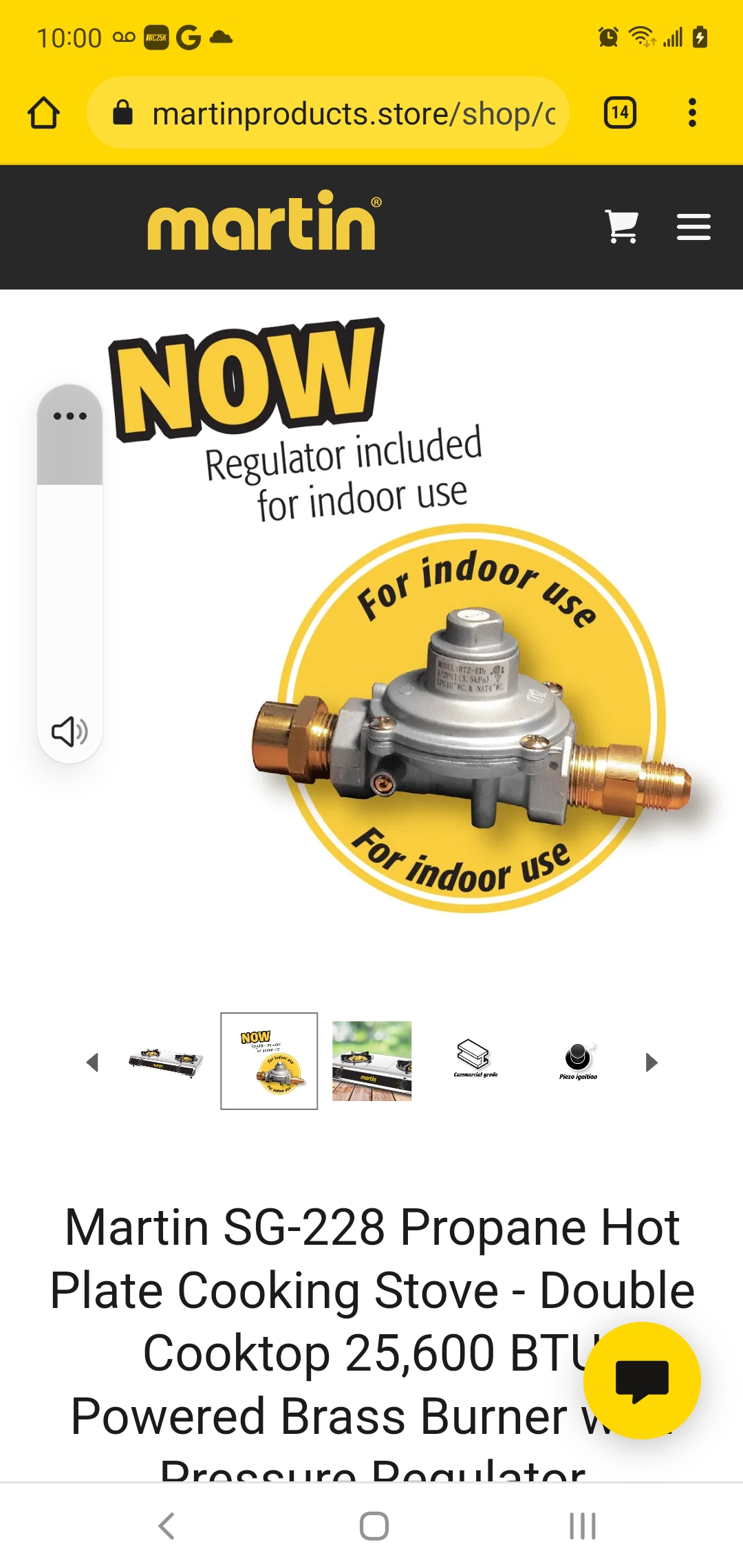The Mad Brewer
The mad brewer
- Joined
- Jan 8, 2022
- Messages
- 159
- Reaction score
- 143
Any one use a LP turkey cooker for brewing inside?


So i wonder why my LP stove doenst give off carbon monoxide? I was thinking about the fire hazard? just thought maybe some here is doing it safely or has a method? I was thinking of maybe tabletop LP stove meant for inside that has 2 burners that I can use for canning too. ThxDon't. It's a huge fire hazard, and also a carbon monoxide hazard.
Brew on











![Craft A Brew - Safale S-04 Dry Yeast - Fermentis - English Ale Dry Yeast - For English and American Ales and Hard Apple Ciders - Ingredients for Home Brewing - Beer Making Supplies - [1 Pack]](https://m.media-amazon.com/images/I/41fVGNh6JfL._SL500_.jpg)

I may in the end just find a old used Gas/ lp Stove full size. May be cheaper anyway. I guess I never really understood why a LP camp stove cant be used in side but my regular stove that runs off the LP tank can? Always wondered if I could use my LP heater inside if I lost heat, if my furnace runs off the same? Must be the venting a furnace does? But my regular stove doesn't? Im sure there is a Youtube vid explaining this for dummies like myself.
that makes senseFurnaces and water heaters are vented to the outdoors because all open flame combustion releases a certain percentage of CO for a given BTU of output. In a typical stove, this amount is not all that dangerous because the total BTU is only a few thousand. "TURKEY FRYER" burners are on the upward of 80,000 which is like a furnace in terms of the amount of CO produced. That's not to say people don't die from CO poisoning from indoor rated appliances. They do, especially when the burner is malfunctioning and the burn is not so clean.
While those camp stoves may be OK to run for short periods of time indoors (when rated for it), the output is more for frying a couple eggs, not heating up 5 gallons of water.
So My next question, does anyone use a Turkey fryer burner for mashing and boiling?